
I wrote this article after watching the playful wonderland, a video on TED Talks. Take seven minutes to watch it if you’d like to become more creative. Or just because it’s fun to take a break and look at something different.
Steven Johnson, of the above TED Talk, discussed the “strange delight of play.” And claims that you’ll find the future wherever people are having the most fun.
Innovations Occur Because of Play
What I really liked about this TED Talk was the idea of an invention that was surprisingly frivolous (the flute), and how that invention, and inventions like it, fuel innovations. That flute led to the invention of the organ and the organ led to the invention of the harpsichord. And the harpsichord led to the programmable music box. And so on through the programmable loom to the computer.
We Learn through Play
As many parents know, kids learn the best when they’re playing. And maybe adults learn better through fun and playing, too. When kids have positive early experiences, they become happier adults. And those positive experiences include play to a large extent. Play-based learning is important to kids as this article from Edmentum points out, so why don’t we play more as adults? Is it just that we forget how?
Different Forms of Play
For adults, there are board games, online video games, in-person theater games, and all sorts of team sports. Like children, we have our favorites and don’t often stray from those. But what if we all insisted on more play? We would look at things very differently, wouldn’t we? And who says having fun can’t be a part of our work day? After all, having a sense of humor and playing can spark new ideas, add to your happiness, and it’s just, well, fun.
Alternate the Way You Play
When you play in a different way, you may become more creative, too. You might want to decide what fun means to you, and how to incorporate play into your everyday life. Is your form of playing improvisational theater? Is it dancing and singing? Or is it playing mini-golf? Do you need to take a break from working? If so, you might like this article: Best Reasons to Take a Break from Your Business. (I had fun writing it!)
How Do You Become More Creative?
For me, with the economy opening back up, I’ll be heading to the gym. Not so much to lift weights, but to dance. Yes, Zumba counts as dancing. I’ll also be doing yoga, as well as taking on some more fun projects, which I’ll talk about as they occur. I am thinking about watercolor painting and ceramics, too. Since a lot of our choices were taken away from us, I feel grateful to have more choices.


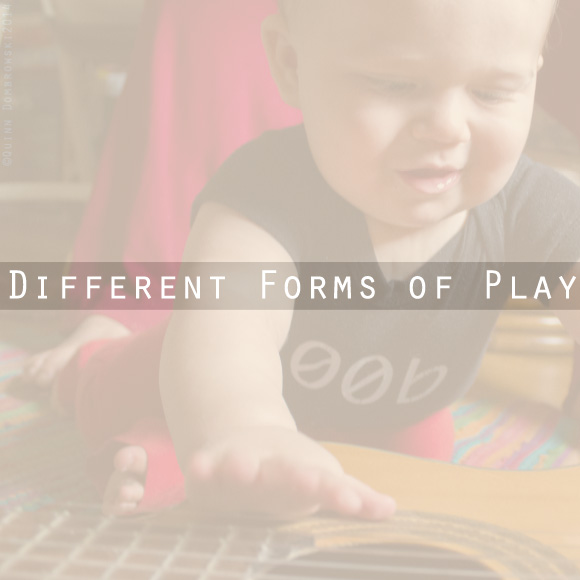
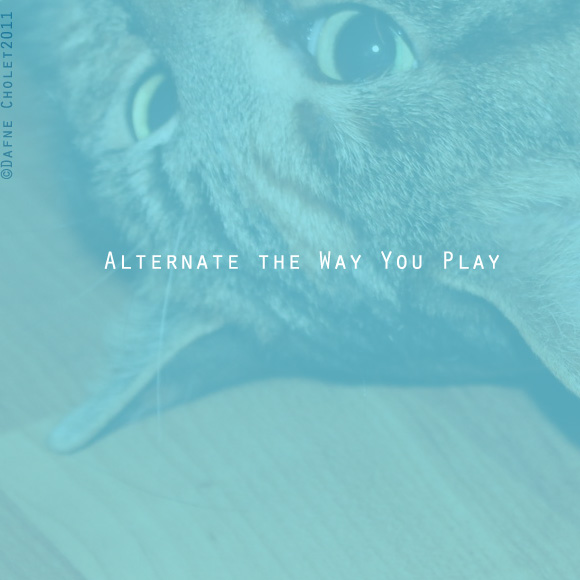
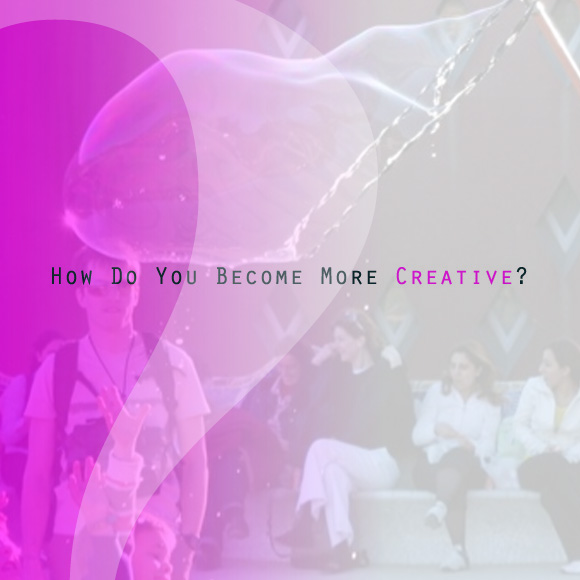


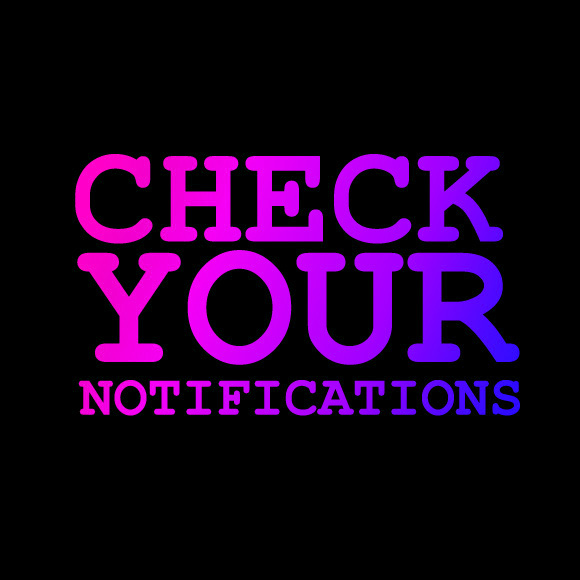
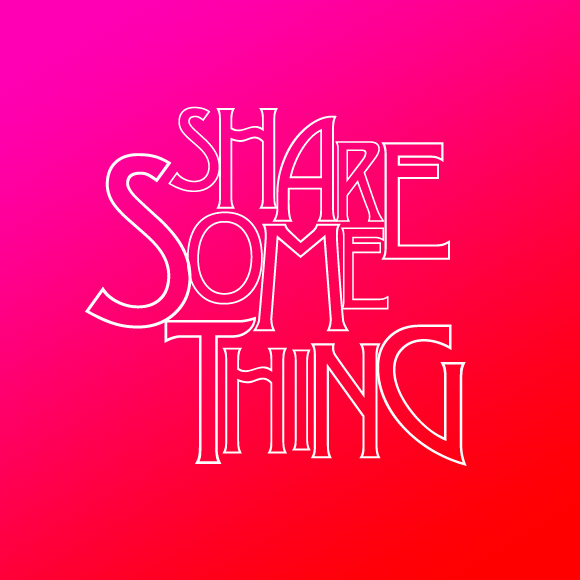
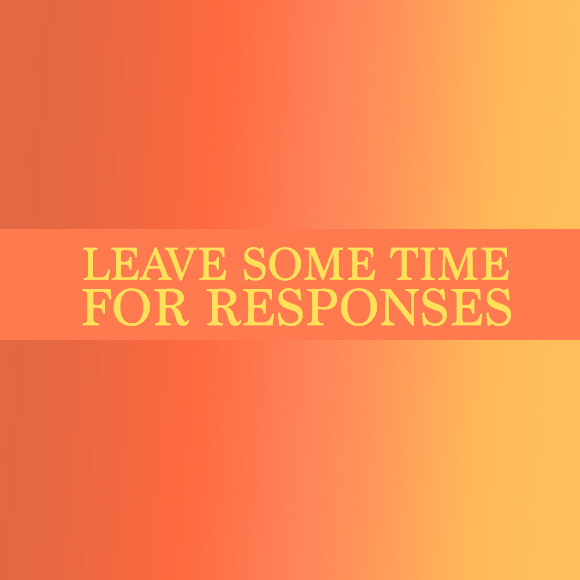
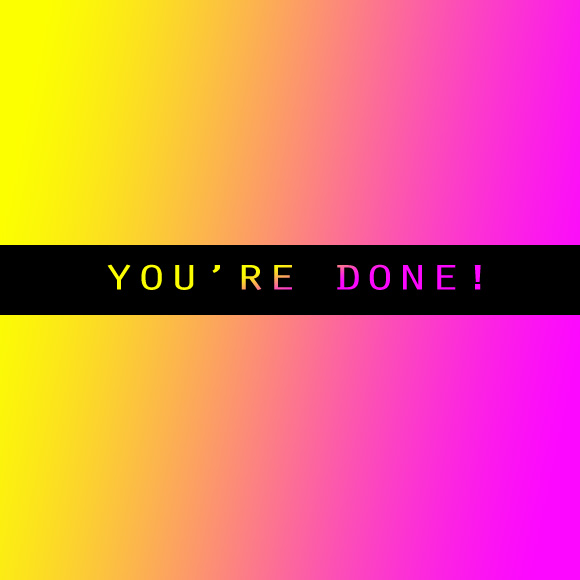

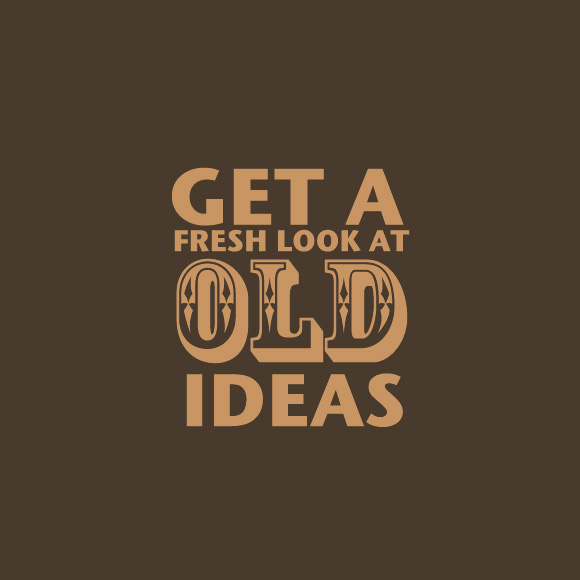
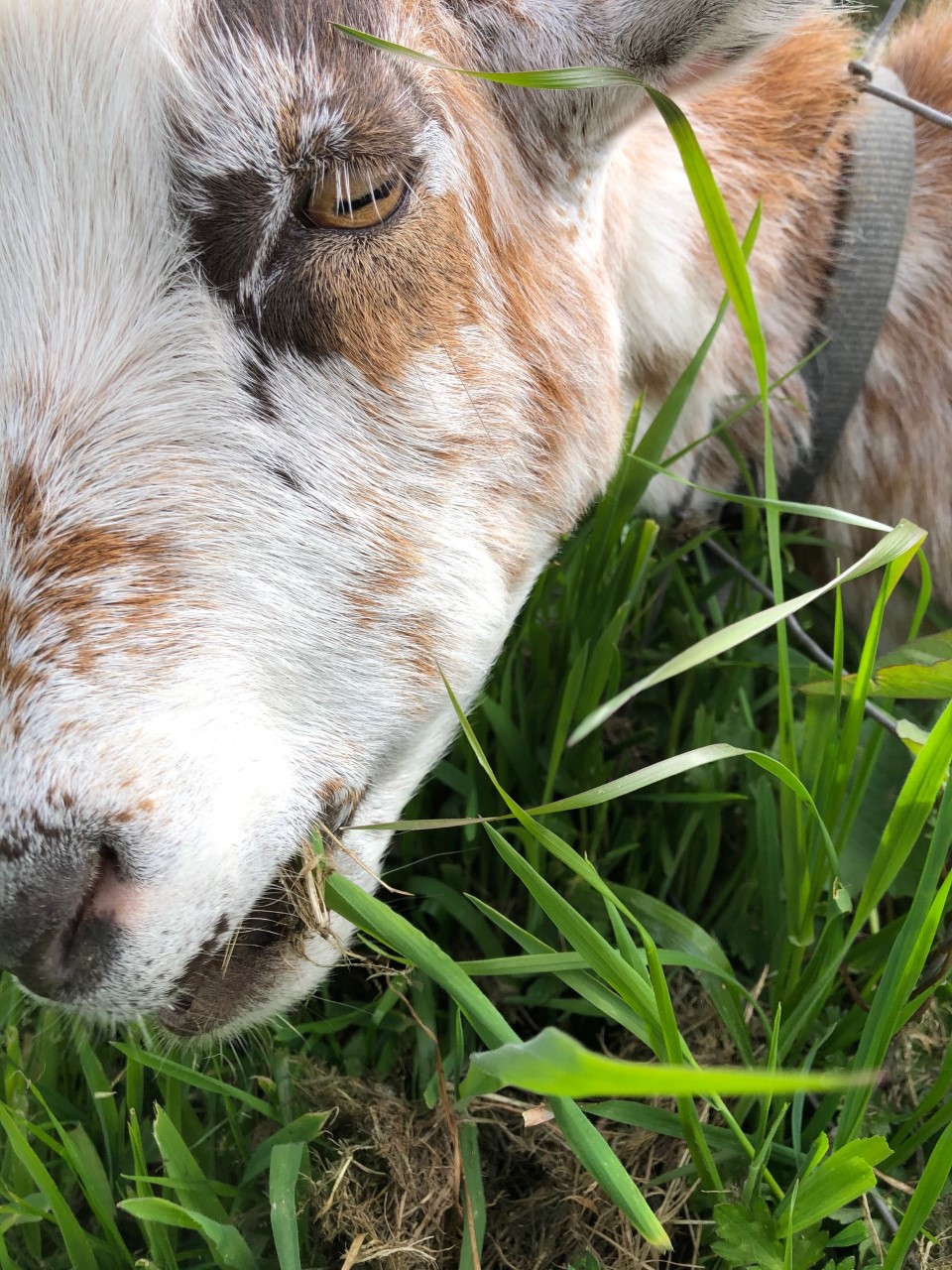
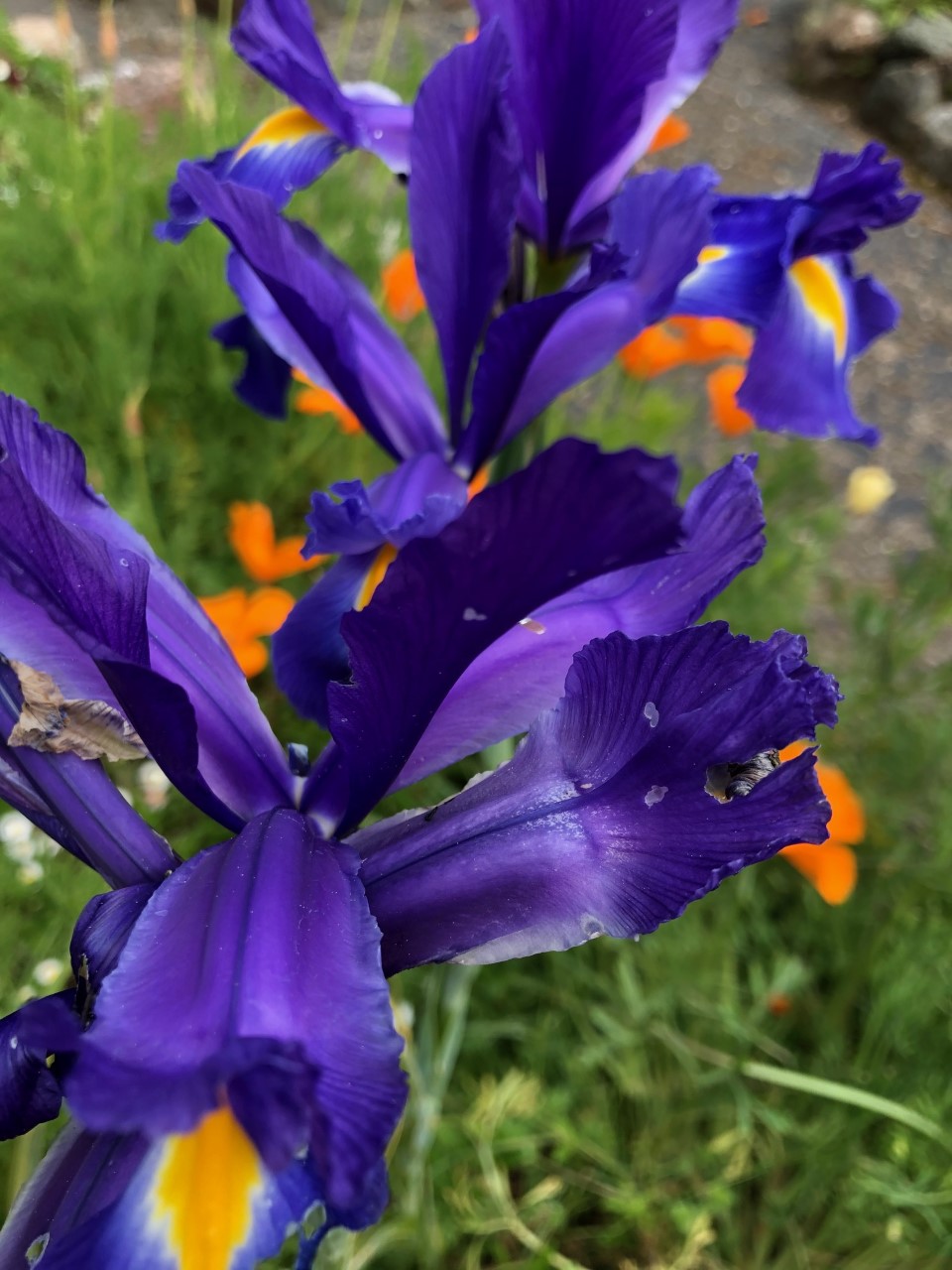
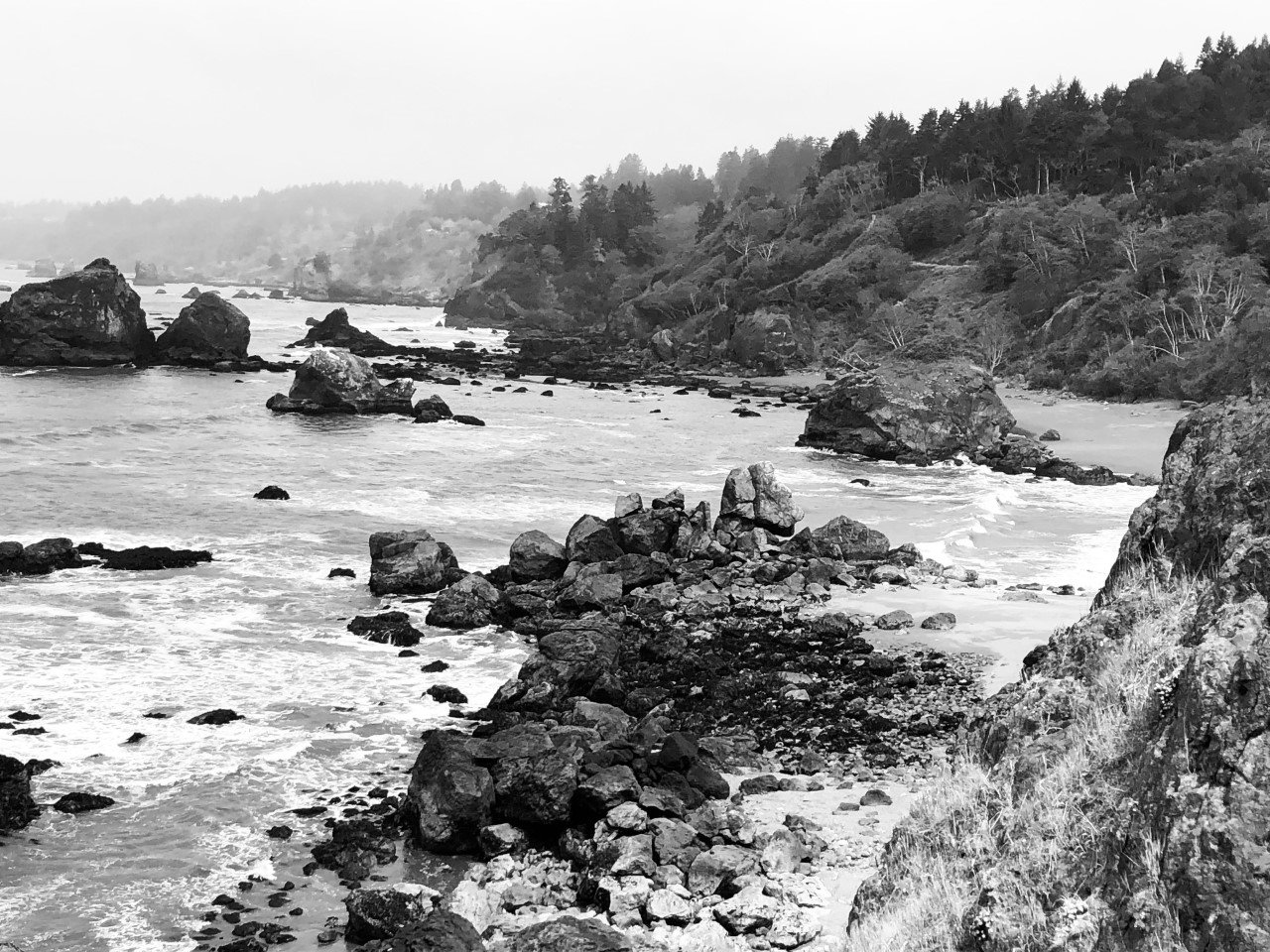

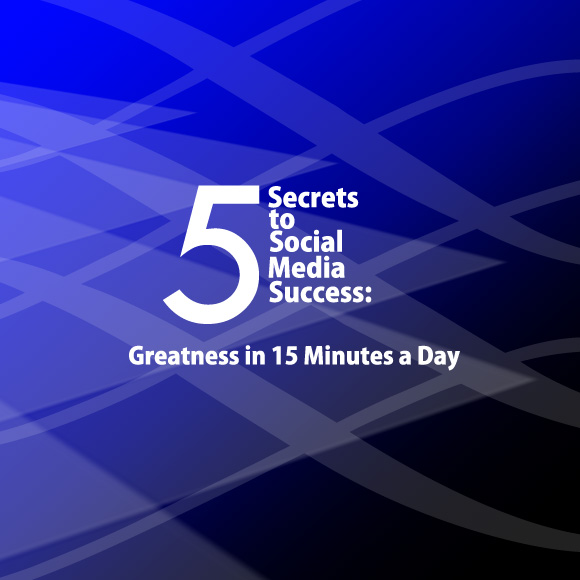
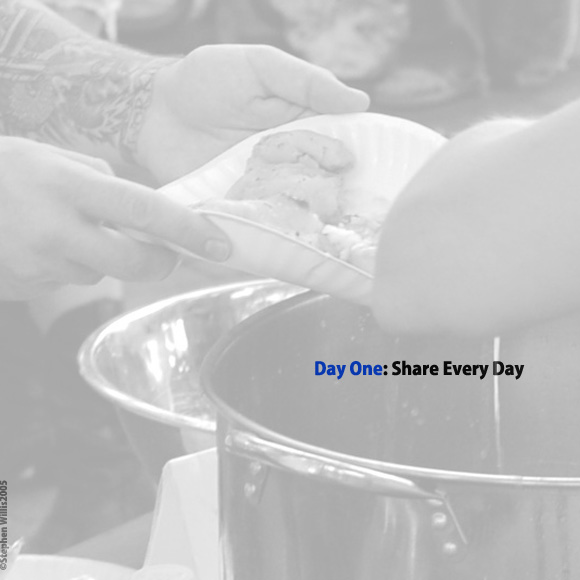
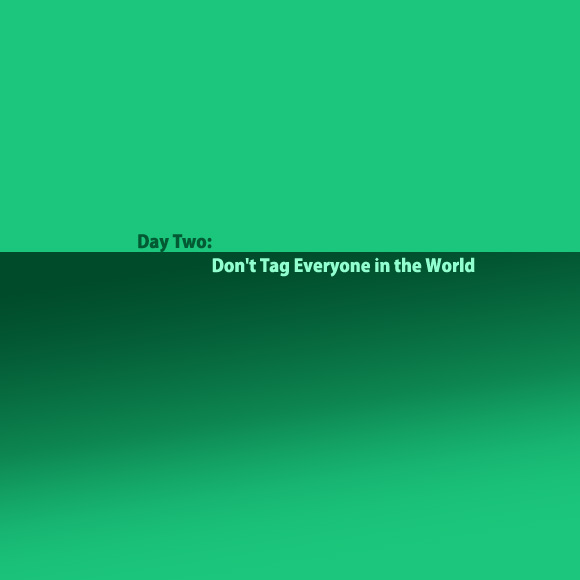
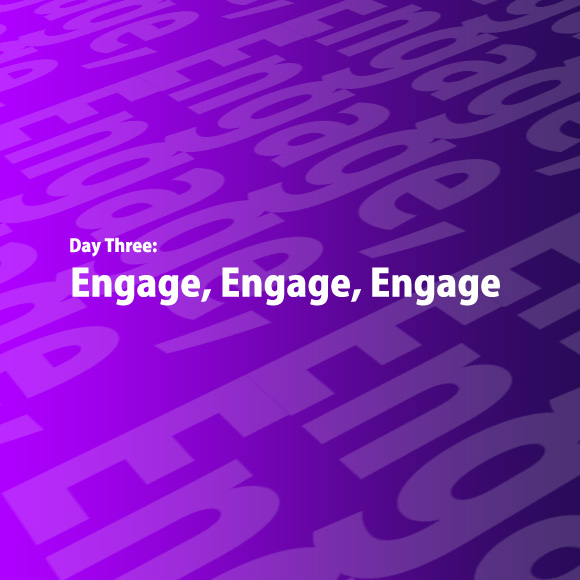
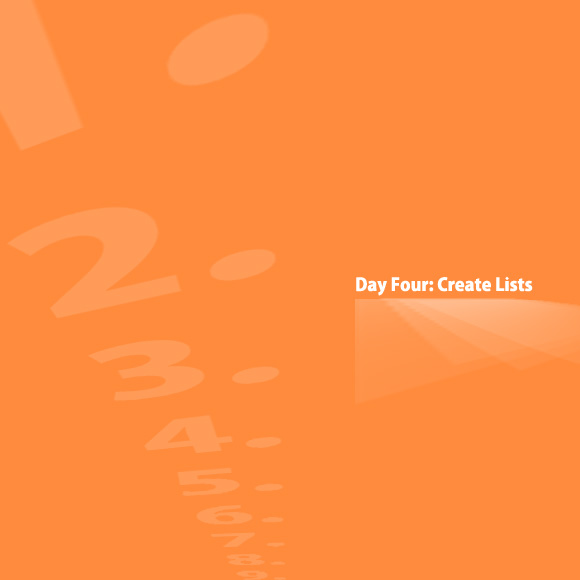

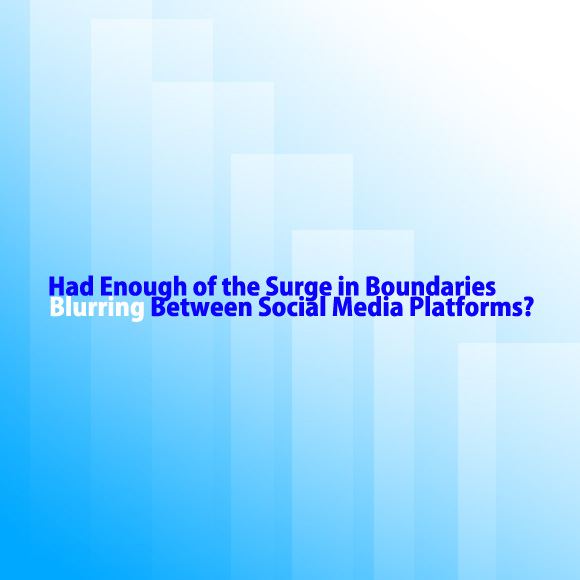
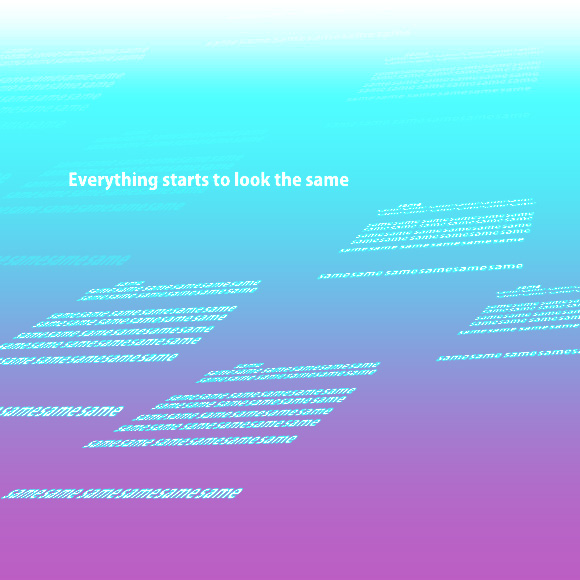


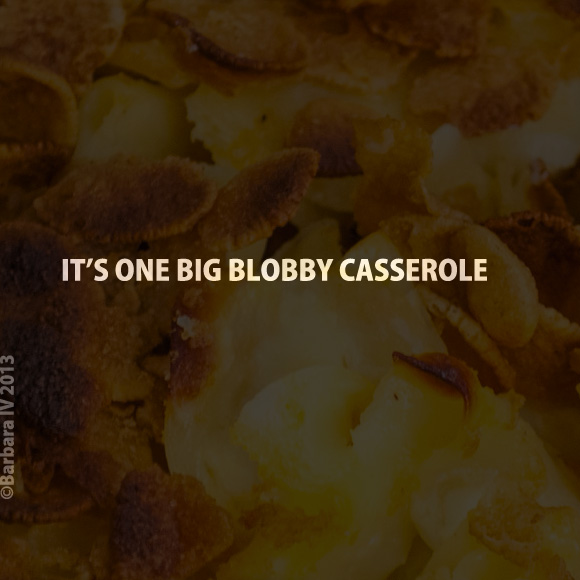
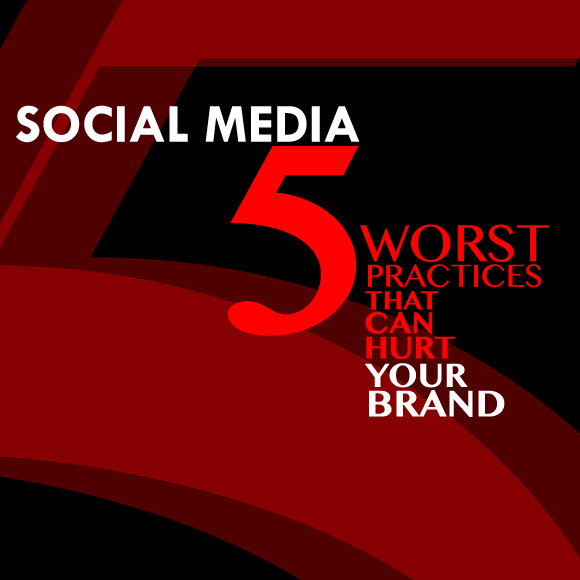 We all know some things that are super annoying on social media, but are they really worst practices? What’s true and what isn’t? Read on to find out!
We all know some things that are super annoying on social media, but are they really worst practices? What’s true and what isn’t? Read on to find out!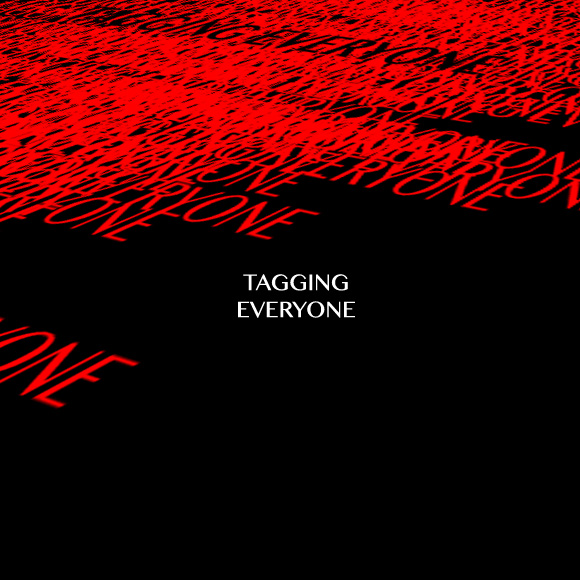
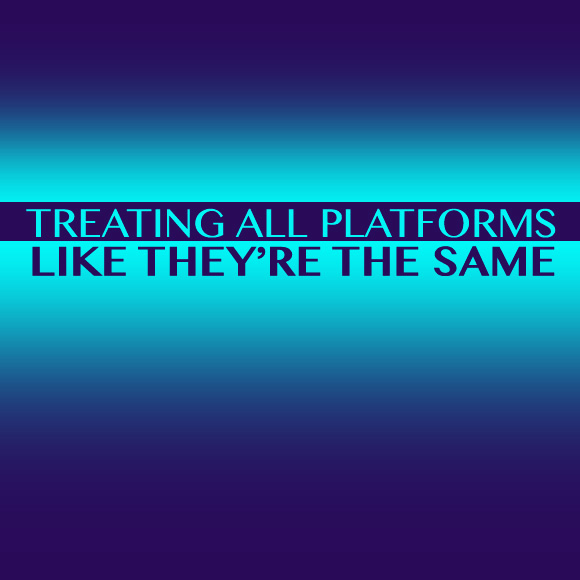

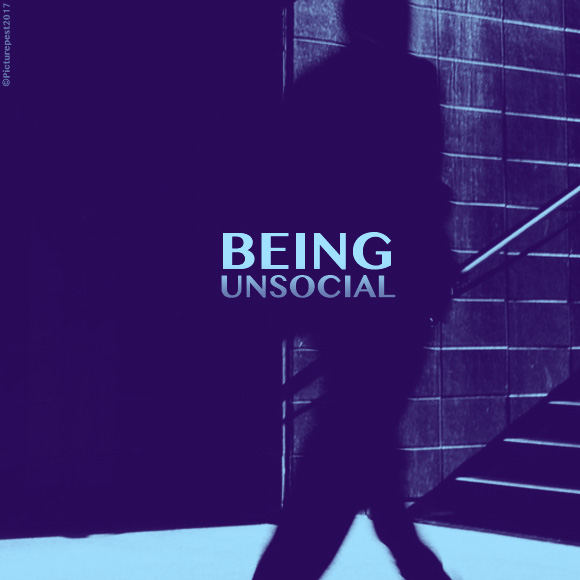


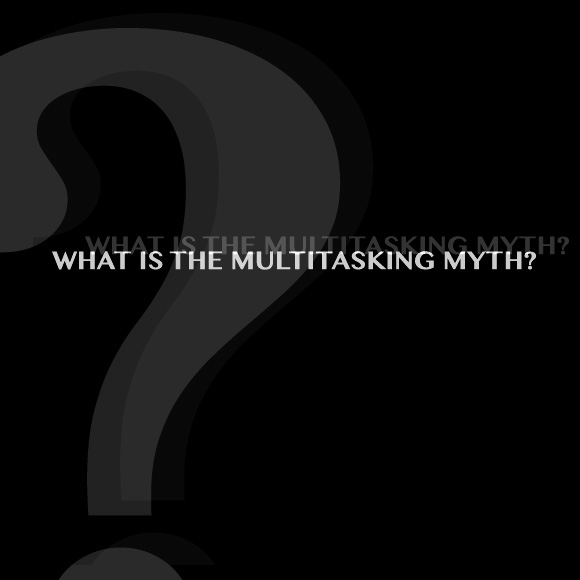
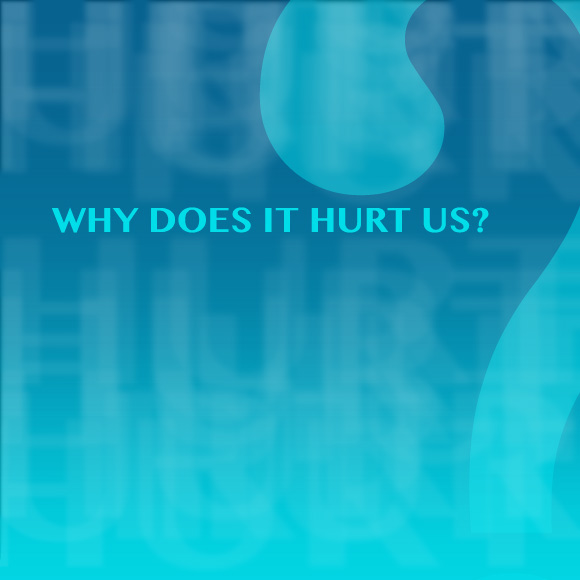
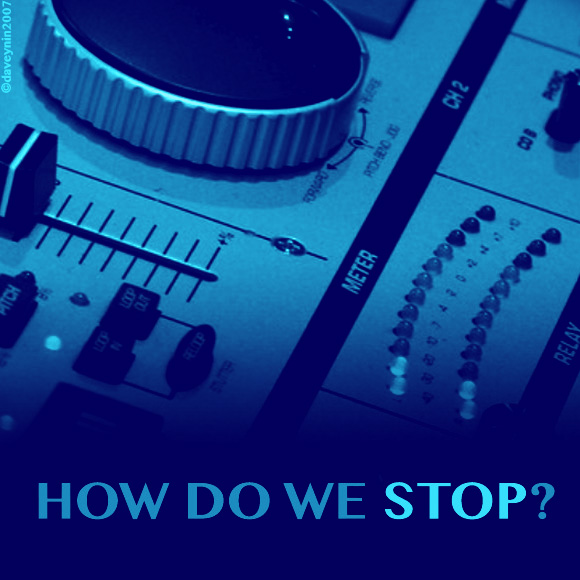
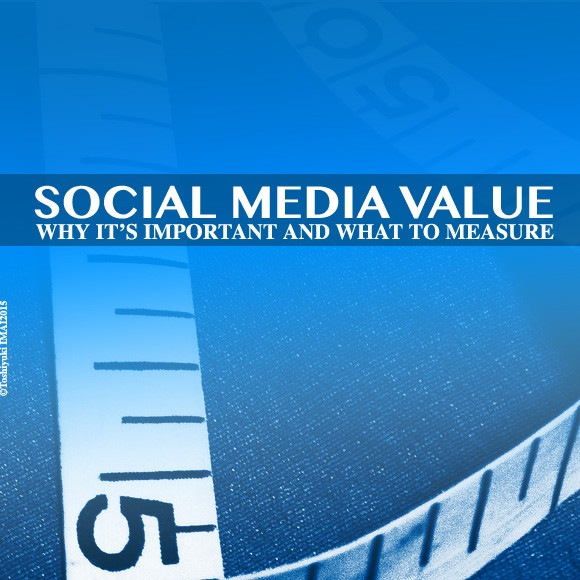





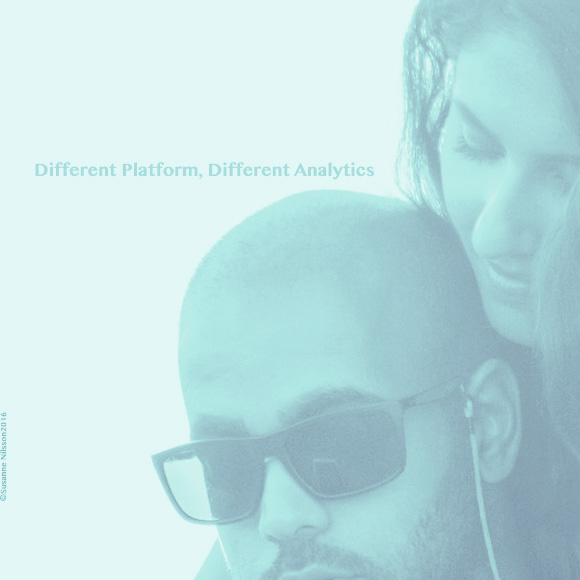
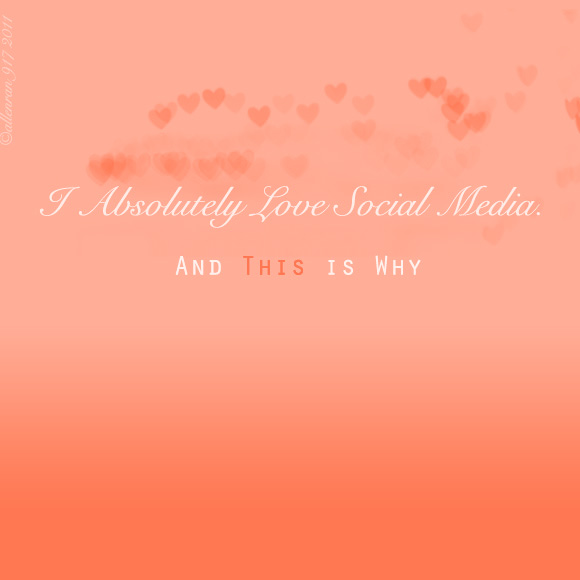

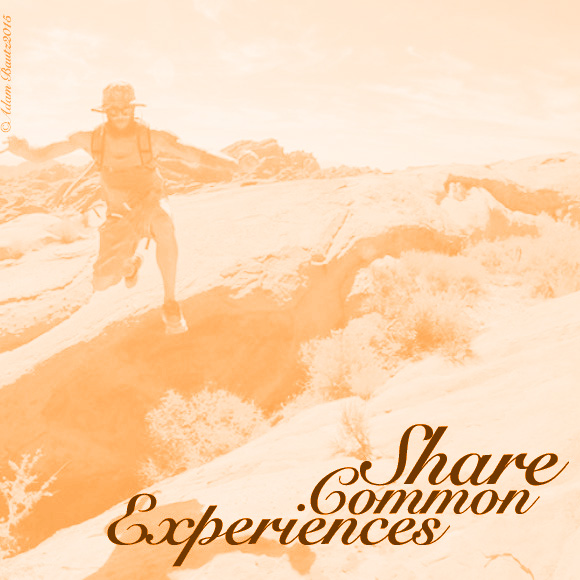
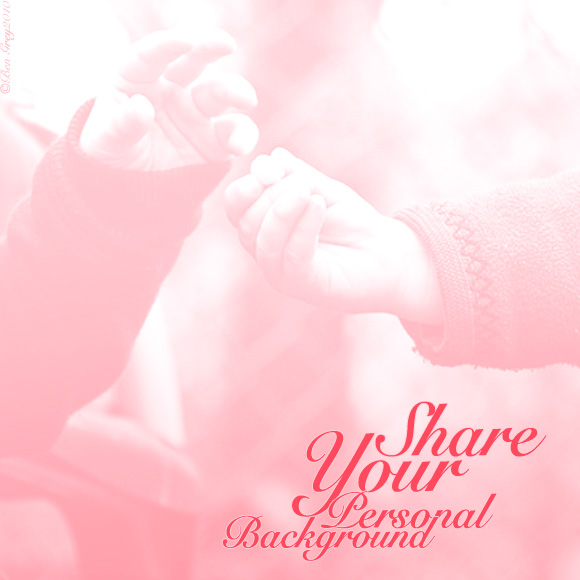

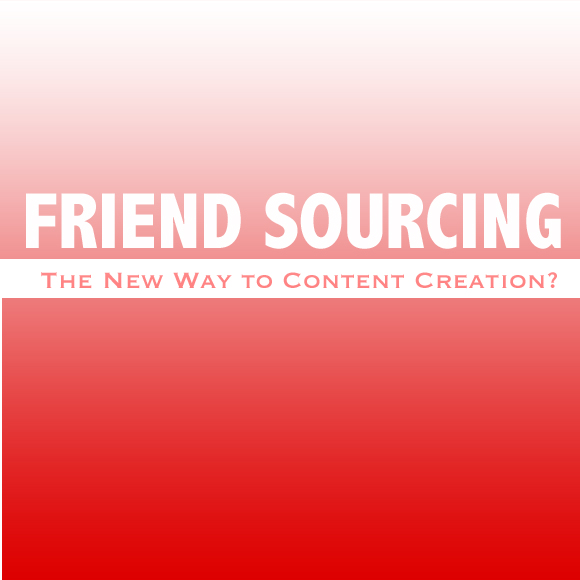
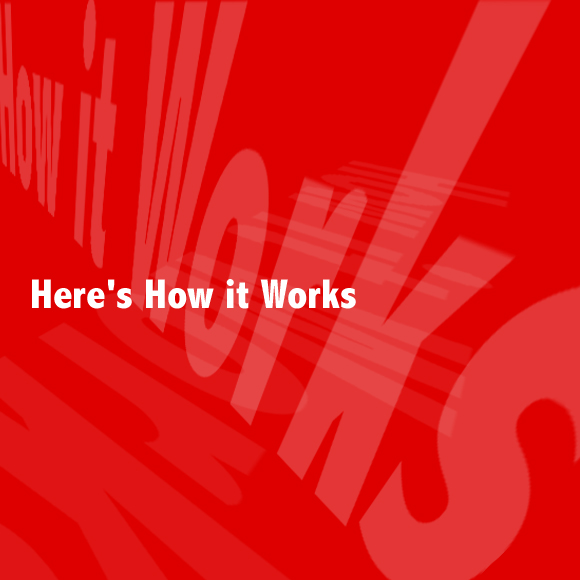
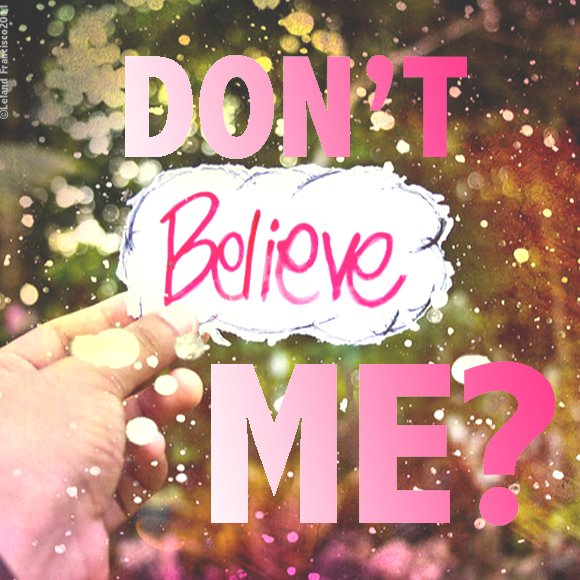
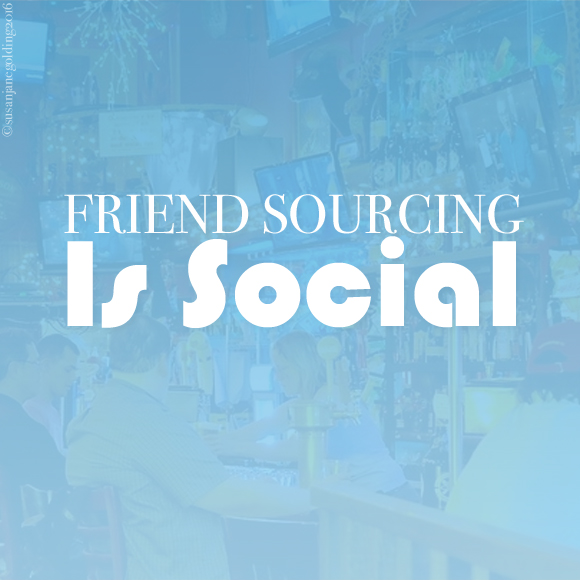
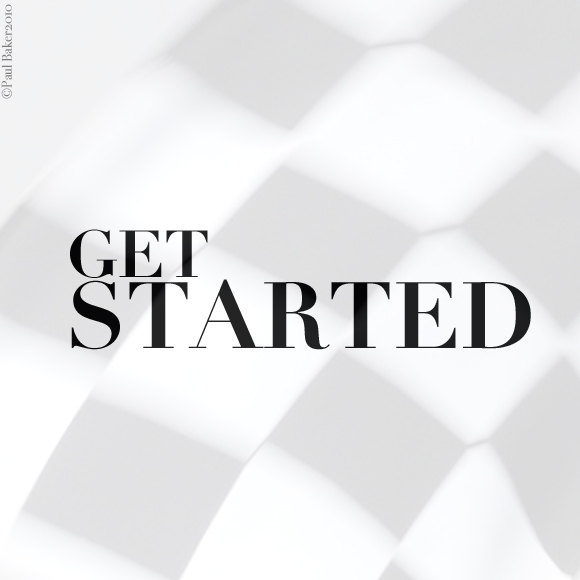

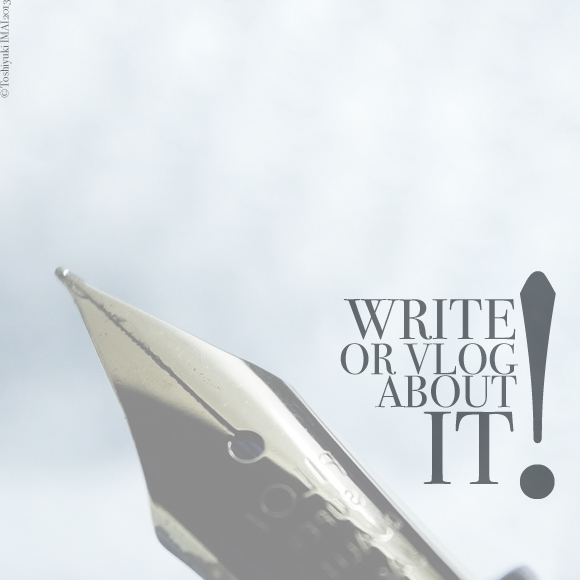

Follow Carol!